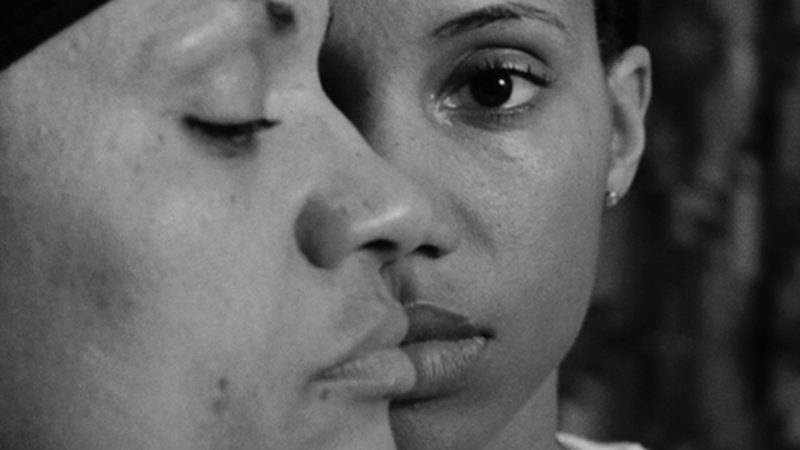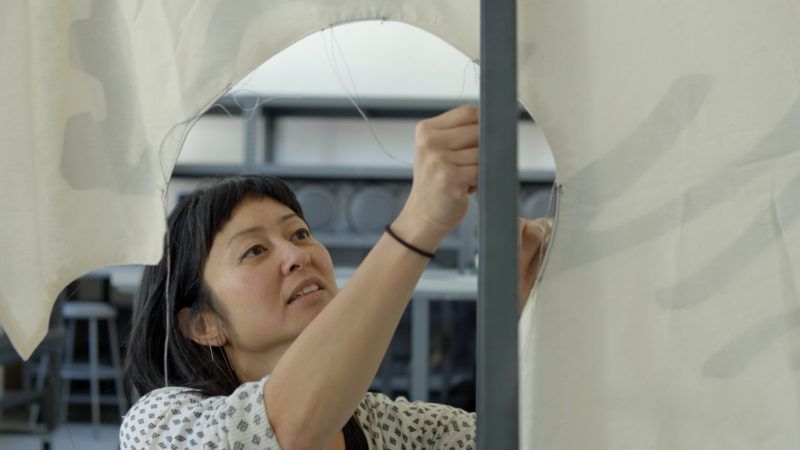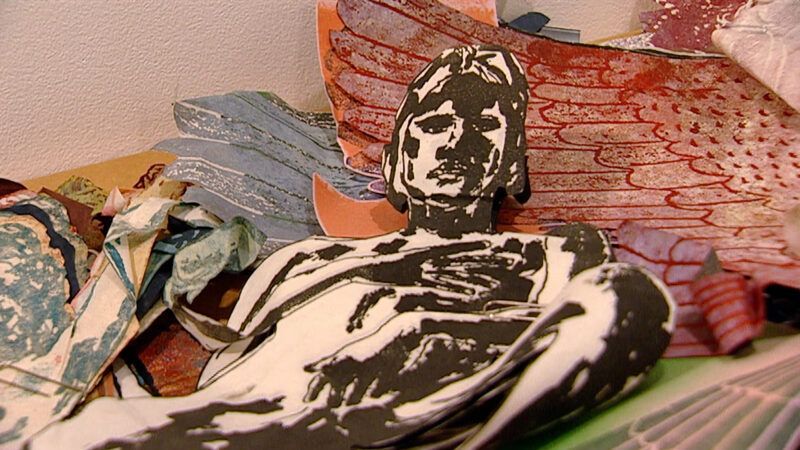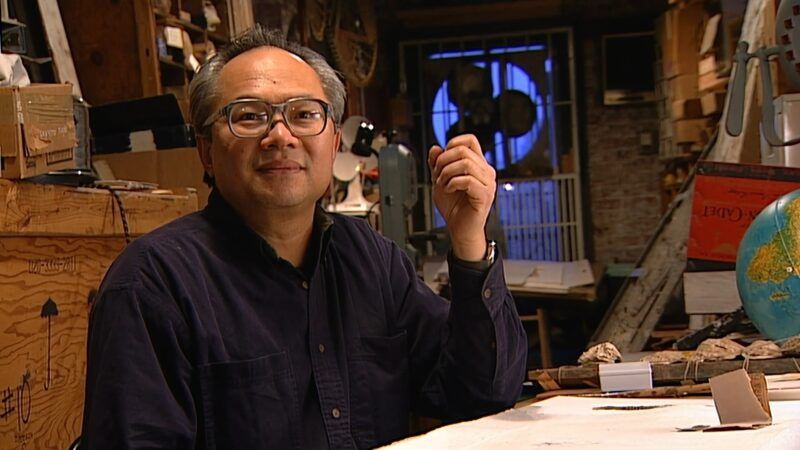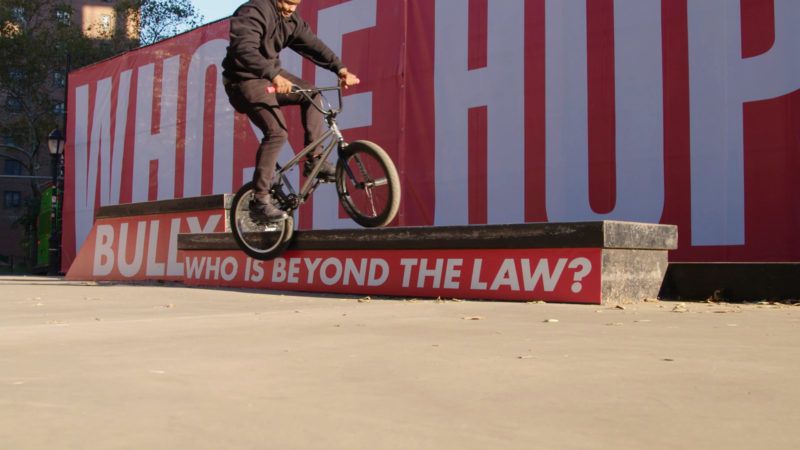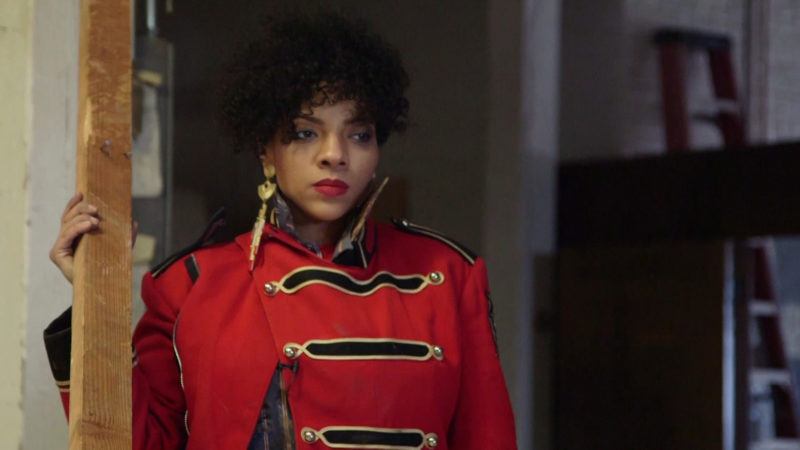Conversation Starter
What role does art play in protest?
While some artists may intentionally create works that respond to political circumstances, others may do so by default. Protesting policy, war, or social norms, artists challenge the status quo and give voice to a movement.
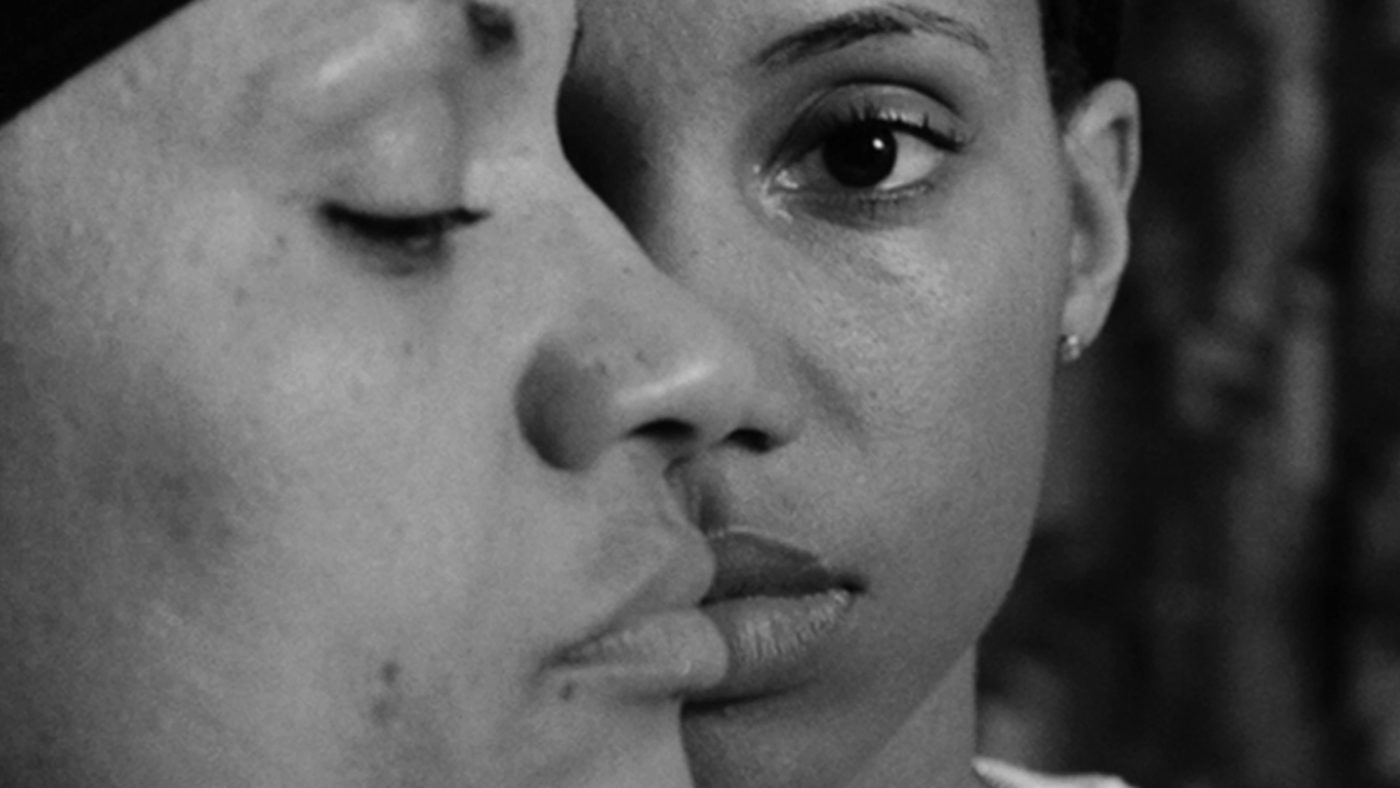
An artist and activist, LaToya Ruby Frazier employs and upends documentary traditions as a means to disrupt media stereotypes. Interrogating how the toxic geography of Braddock, Pennsylvania has shaped multiple generations of her family’s bodies and psychology, Frazier’s images of her hometown mirror complex social problems that beset America today such as class inequity, access to health care, and environmental racism. “The mind is the battleground for photography,” says Frazier. “My mind was totally deceived and deluded with negative images depicted in the media of myself, of my family, and my community. But now my images can change that.”
Stephanie Syjuco makes research-driven photographs, sculptures, and installations that explore the tension between the authentic and the counterfeit and challenge deep-seated assumptions about history, race, and labor. “What I’m doing is absorbing and processing the world around me and it’s becoming political,” reflects Syjuco. “I don’t think I have a choice anymore. It’s just my reality.” As a flashpoint of social and political protest, the Bay Area spurs Syjuco’s investigations of colonialism, capitalism, and citizenship, in works that range from her participatory projects to her studio-portrait photographs.
Nancy Spero is a pioneer of feminist art. Her work since the 1960s is an unapologetic statement against the pervasive abuse of power, Western privilege, and male dominance. Regarding her paintings made during the Vietnam War, Spero says: “It’s horrific, trying to show the insanity and brutality of war. I couldn’t do it in a realistic fashion, so it got kind of surreal. Even though I was responding to Vietnam, all these grotesques—these surreal images—are my response to war.”
Subtle or forceful, artists create works that provide urgent points of reflection. Spero elaborates, “… it doesn’t have to be just straight up or literal protest, like carrying a sign…I do what I do, and if people want to take something from it, I am thrilled. That gets my message out to the world. I’m interested in messages.”

